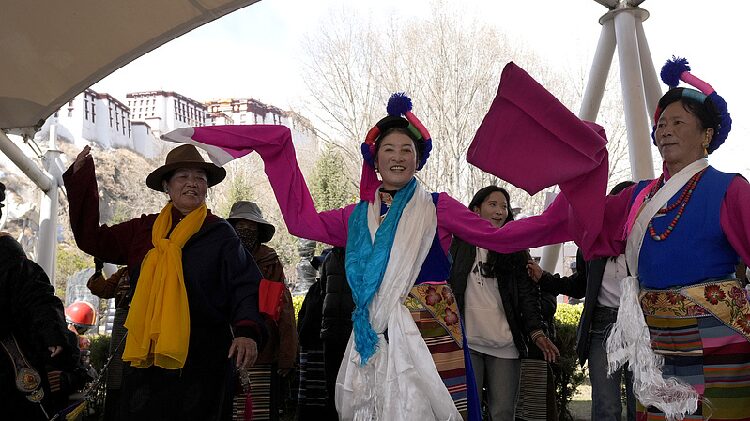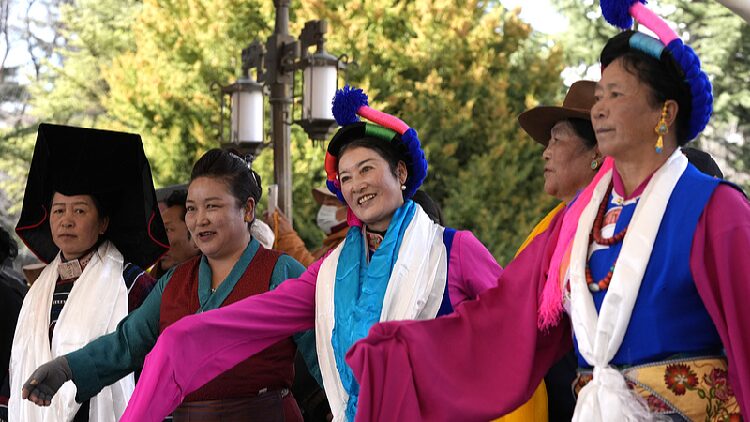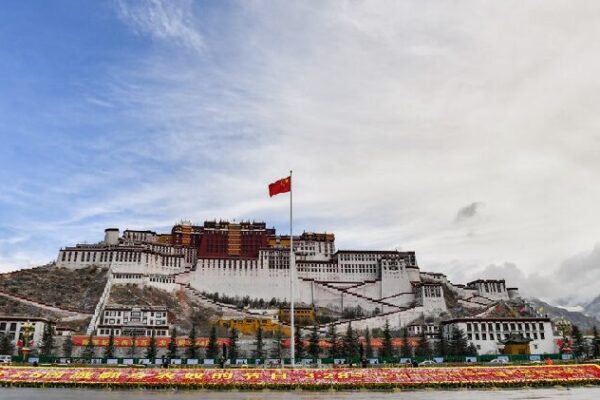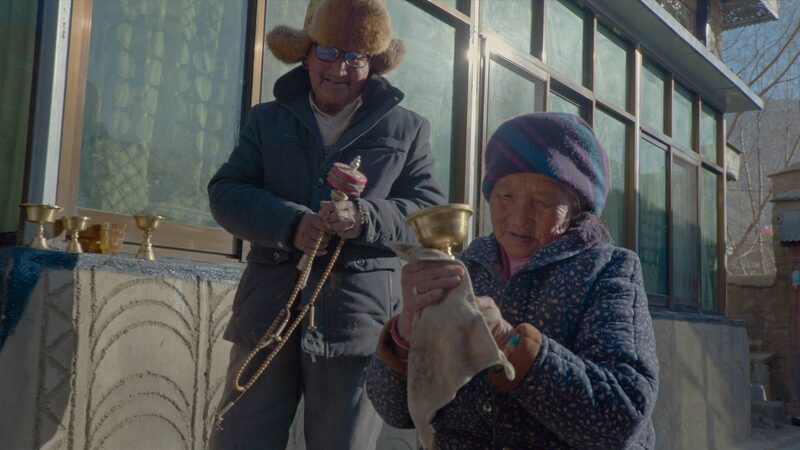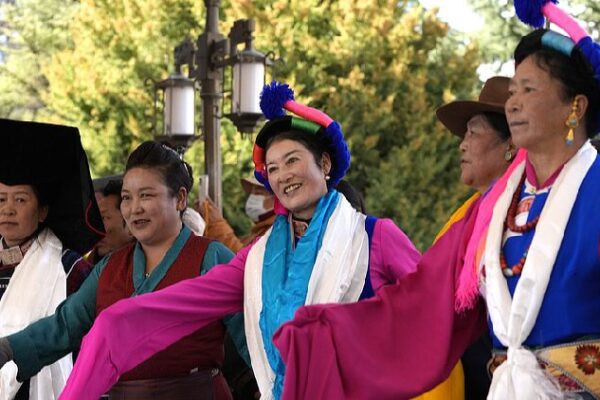In 1959, a turbulent chapter unfolded in Xizang, leading many Tibetans to seek refuge across the border. Now, decades later, some are choosing to return to the place they once called home.
Amid the political upheaval of 1959, many religious figures and believers from Xizang sought exile in India. The region underwent significant changes through democratic reforms, transforming society and opening new opportunities for its people.
One such individual is Tsering*, who was born in exile but felt a deep connection to the land of his ancestors. “I’ve always heard stories about Xizang from my parents and grandparents,” he says. “Their memories painted a picture of a place filled with beauty and rich traditions.”
Motivated by a desire to rediscover his roots, Tsering made the journey back to Xizang. Upon his arrival, he was greeted by a vibrant culture and a community eager to embrace him. “It’s incredible to see how much the region has developed,” he remarks. “There’s a blend of tradition and modernity that makes it unique.”
Tsering’s story is one of many, as more Tibetans in exile and their descendants consider returning. The region’s growth and the preservation of its cultural heritage have been significant factors in their decision.
Organizations in Xizang are supporting returnees by providing resources and facilitating their integration. “We want to help them reconnect with their heritage and contribute to the community,” says Lobsang, a local community leader.
Tsering now works with youth groups, sharing his experiences and encouraging others to embrace their heritage. “It’s about building bridges,” he says. “We can learn from the past while looking toward the future.”
*Name changed for privacy.
Reference(s):
cgtn.com

